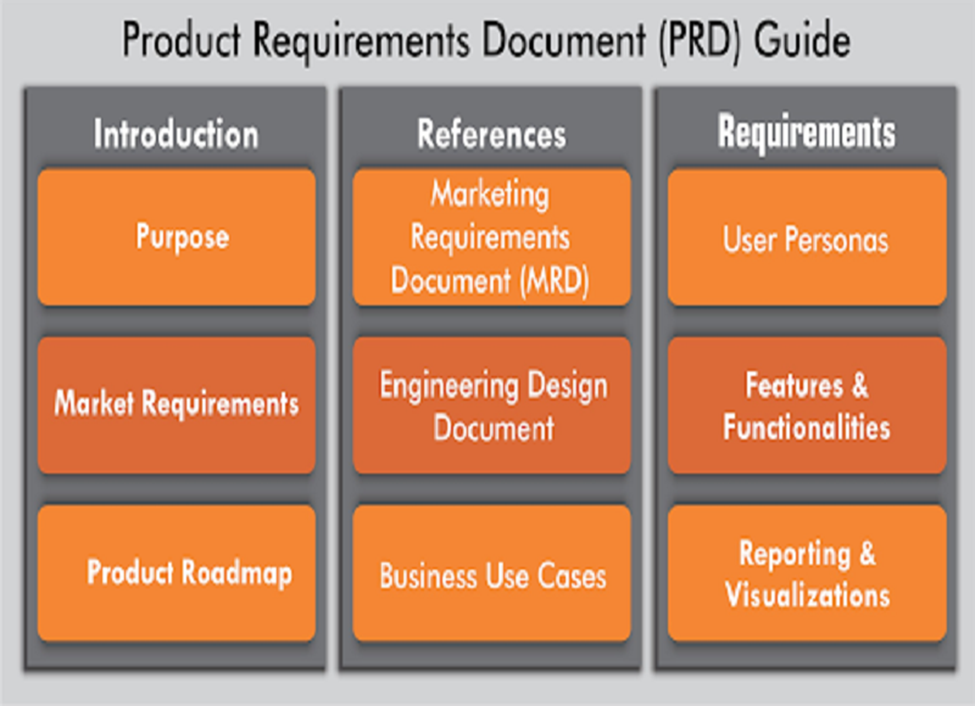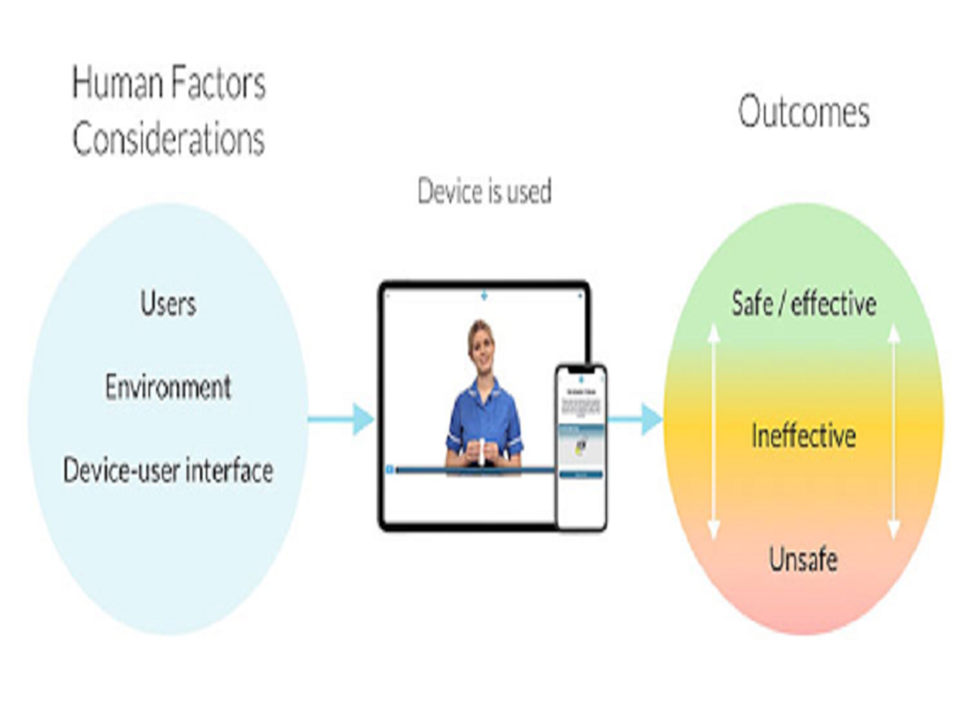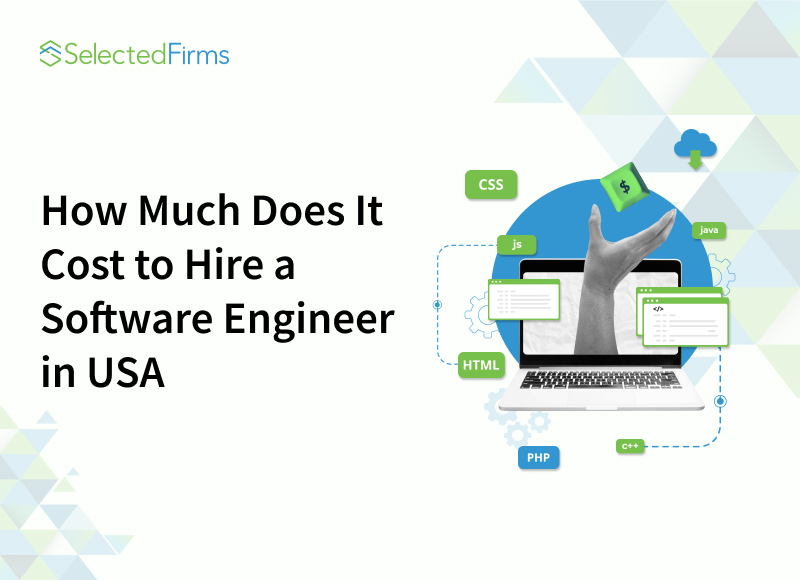Table of Contents
Discover the comprehensive step-by-step guide for medical software development in 2024. Unlock the potential of cutting-edge technology in healthcare with our expert insights.

New apps and technologies being developed by the medical software industry are changing patient care. Features including personalized medicine, real-time health monitoring, and remote healthcare are providing more advanced and accessible patient care.
Software developers often have to create bespoke cloud-based solutions to handle the enormous volume of healthcare data. Patients may be pinching pennies, but money is still poured into health technology.
The fast expansion of the healthcare software market is demonstrated by projections that it will reach $974.5 billion by 2027. In other words, software engineers and developers control the continuous change in healthcare.
We'll explore the technology, essential procedures, and approaches to developing cutting-edge medical software.
Advantages of Customized Medical Software
Customized medical software offers a ton of benefits to the healthcare field. One big advantage is that it's scalable, which means it can grow and change as your needs evolve.
This software makes everything run smoother and automates many tasks, freeing up more time for doctors and nurses to focus on patients.
Patient care improves with features like telemedicine, remote monitoring, and intelligent diagnostic tools. Plus, the software is designed to meet strict data security regulations, keeping sensitive information safe.
Various Types of Medical Software
These are just a few examples:
- Electronic Health Records (EHR): These systems centralize patient data, making it easier for healthcare providers to track and manage care.
- Medical Billing Software: This automates the billing process, ensuring accuracy and saving time.
- Customized Healthcare Programs: These programs modify treatment plans for each patient, considering their genes, environment, and life habits. This leads to more targeted and successful healthcare.
- Remote Health Care Apps: These applications enable doctors and patients to connect from a distance, making health services more reachable and practical.
- AI-assisted Diagnosis Instruments: These tools use artificial intelligence to sift through patient information and help health experts draw precise conclusions.
A Walk-through: Building Medical Software
Here's a quick view of the steps involved:
- Deciphering needs: Pinpoint and pen down your needs while considering how the system should work and its regulatory compliance aspect.
- Blueprint Creation: Draft a software blueprint providing a roadmap of the system's functioning.
- Development: Craft and compile the code to breathe life into the software.
Step 1: Grasping the Needs of Medical Software
The initial move in crafting medical software is to grasp what's required. This cardinal stage requires you to dig into the needs of the health sector and explore how the software can be beneficial.
Software creators don't just whip up a program. They invest time to fully comprehend the medical landscape, what the rivals bring, and what customers may need.
However, collecting this vital information involves:
- Getting into market studies.
- Having discussions with medical professionals.
- Gathering reviews from potential users.
This thorough market survey aids in identifying where there are gaps and what issues the software can solve, directing the entire development journey from that point.
Step 2: Defining Software Requirements
In this step, software makers write down in detail what the software does and how it works. It requires critical solid skills, much knowledge about the health sector, and a strong focus on what users want. It's sometimes called "requirement gathering."
To come up with these requirements, software developers need to work with doctors, patients, and other important people. This gives a clear picture of the issue at hand and helps develop a good solution.
Making a Product Requirements Document, or PRD, is a big part of this step. This should make it very clear what the software is supposed to do by showing its features, how it looks and works, and what people can expect from it.

Finally, it's important to remember how important it is to keep patient information safe and follow healthcare rules. Making sure data is safe in healthcare isn't a nice to have; it's a must.
Step 3: Designing the Medical Software
The medical software design process can begin once the software requirements have been clearly stated. The basis of the project is laid at this critical stage, which influences its success.
Nowadays, the primary focus is on the program structure, User Interface (UI), User Experience (UX), and design.
Developers begin by generating a simple schematic depicting every application's significant aspect. This stage, by giving a visual guide, increases overall team comprehension and allows for improved communication about software development.
Developers then proceed to build the user interface. They create a clear navigation path that is as basic as feasible. This ensures that healthcare practitioners will find the application straightforward to use.
The next step in UX improvement is ensuring the program is responsive and performs well. Software usage can increase, and users will be satisfied if the user experience is adequately designed.

Finally, developers begin constructing the software architecture. They decide how to organize the code and select the appropriate coding language. More about this will be discussed in the following section.
Step 4: The Building Stage
The medical software starts to come alive at this stage as coders begin crafting the program based on the carefully planned blueprint and explicit needs. Depending on the equipment and platform, the squad generally uses languages such as C++, Java, Swift, or Python.
They stick to top-notch coding habits throughout this stage, highlighting data protection and system harmony. They morph the rough model into a functional software tool.
Together with the development, thorough testing is conducted. It includes:
- individual component (unit) testing,
- combined parts (integration) testing,
- whole system testing,
- and end-user review (user acceptance testing or UAT).
Testing ensures that the code operates without a hitch under a range of conditions and scenarios. It's during these trials that any code hiccups are spotted and fixed.
Programming Languages in Healthcare
Several programming languages will dominate the medical software development landscape in 2024:
- Embedded C and C++: Predominantly used in firmware for medical device software development due to their compatibility with certification processes.
- Java: Widely used in desktop software in hospitals and server-side applications, including electronic health record systems.
- Swift: The go-to language for software development on Apple's iOS and macOS platforms.
- Python: Often chosen for medical software involving machine learning and artificial intelligence, particularly in diagnostic imaging.
- MatLab: Known for its unique image and data processing abilities, it's commonly used in analyzing medical imaging like CTs and MRIs.
The choice of language is determined by the specific needs of the software, its intended platform, and the development team's expertise. The right selection can significantly enhance the software's performance, usability, and longevity.
Step 5: Deployment of Medical Software
This is an important phase since it presents the software for actual application in the healthcare industry. The first step is to set up the deployment environment – a server, a web platform, or a mobile device. This selected environment is then embedded into the software, officially launching the app.
Beta testing frequently steps in at this point to let real users interact with the product. Their comments enable us to identify any persistent problems or faults that could impair the product's functionality or the user's experience.
Another significant portion of this stage is dedicated to training. The operation of this tool needs to be known to the healthcare personnel who will be using it. Therefore, it is necessary to plan thorough training sessions so everyone gets the basics of using the software effectively.
Step 6: Keeping Up With Maintenance and Software Updates
There are a few main tasks to do during this phase:
- Reporting issues and following up on them: Both users and IT staff report any problems they find. Then, these problems are kept an eye on until a fix is found.
- Software Changes: Coders make necessary changes to the software, like fixing bugs and making it run faster.
- Tests: The software is tested to ensure that the changes haven't caused any new problems and are still up to par.
- Streamlining Releases: There is a set way that updates are put together and sent to users.
- Helping Users: Users are given extra help to ensure they know how to properly use the new software.
Maintenance and updates for software ensure that it stays useful, fast, and safe for everyone who uses it, which is good for the healthcare business.
Final Step: Checking the Software's Performance
Performance checks involve a thorough analysis of various facets of the software. This includes understanding functional performance and determining how well the software accomplishes its tasks. It's all about making sure the program does its job and does it well.
Usability testing calculates how easy to use the software is. The software must be intuitive, easy to navigate, and not require users to climb steep learning curves.
The impact testing looks at how the software affects healthcare procedures. It evaluates whether the software boosts efficiency, reduces mistakes, improves patient care, and leads to healthier patient outcomes.
Wrapping Up
In 2024, healthcare software development will be focused on creating individualized solutions. These solutions are intended to increase job efficiency, keep data secure, and improve patient care in the medical area.
Software developers play an important role in this transformation. They embark on a difficult process that includes determining what is required, creating designs, developing the program, deploying it, and finally maintaining it.
As the healthcare business accelerates, it is critical to continue updating software and testing its functionality. This continuous improvement method enables healthcare providers to better serve their patients. The crucial point here is that modern technology is becoming needed for the future of healthcare.









